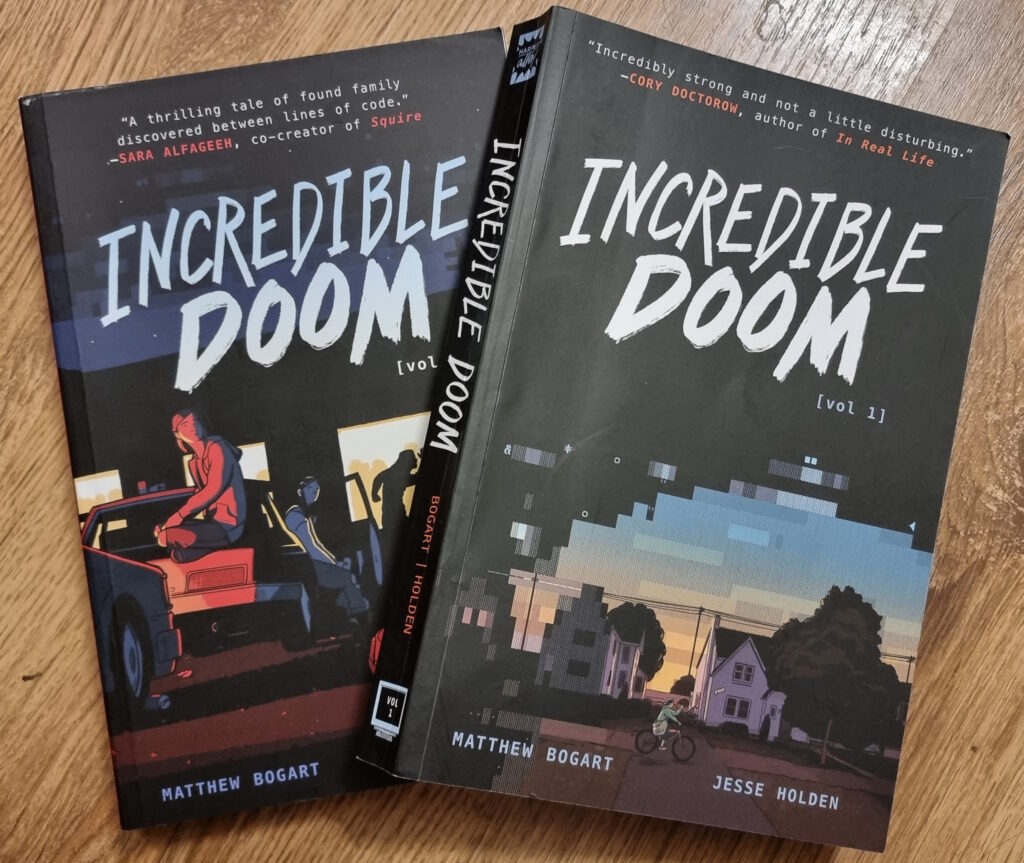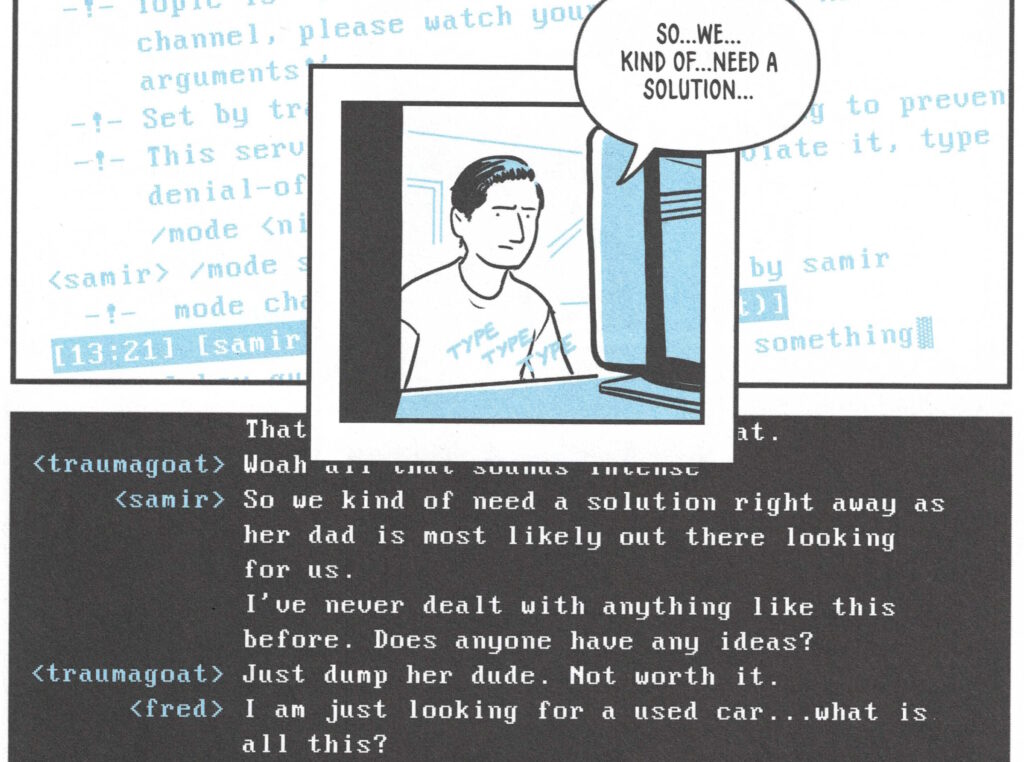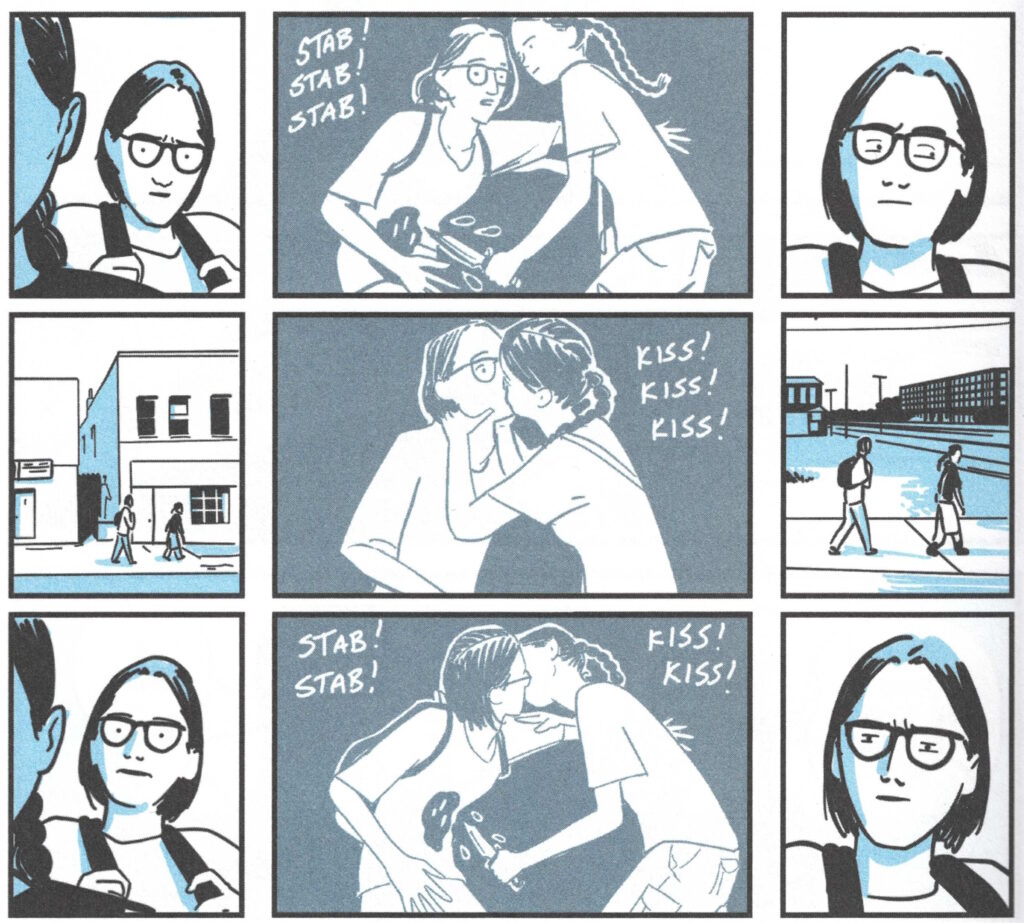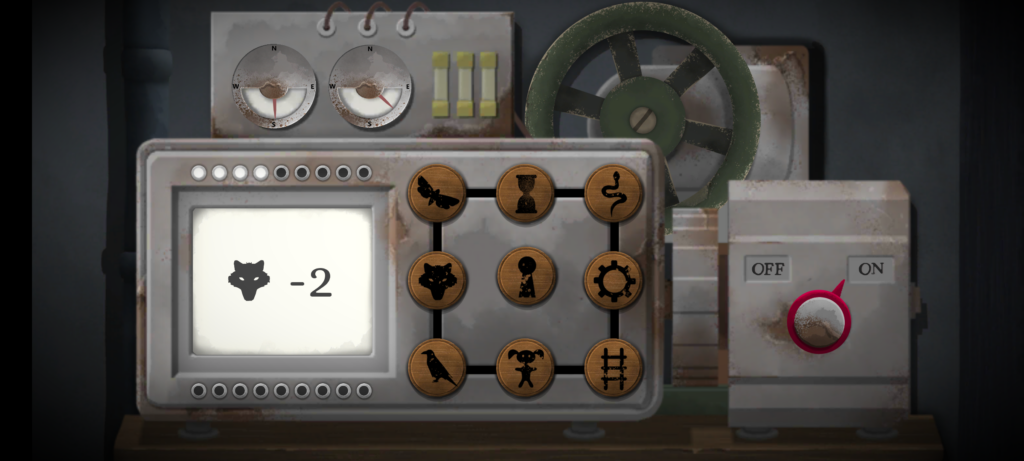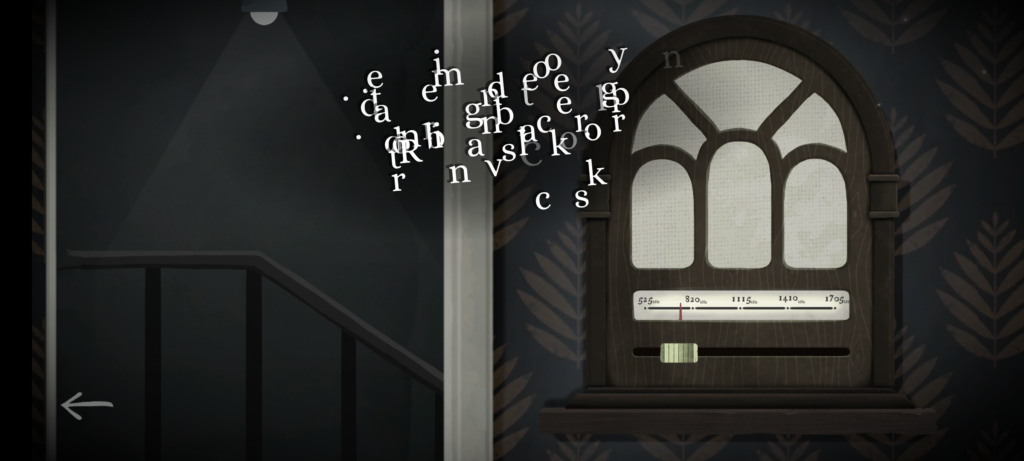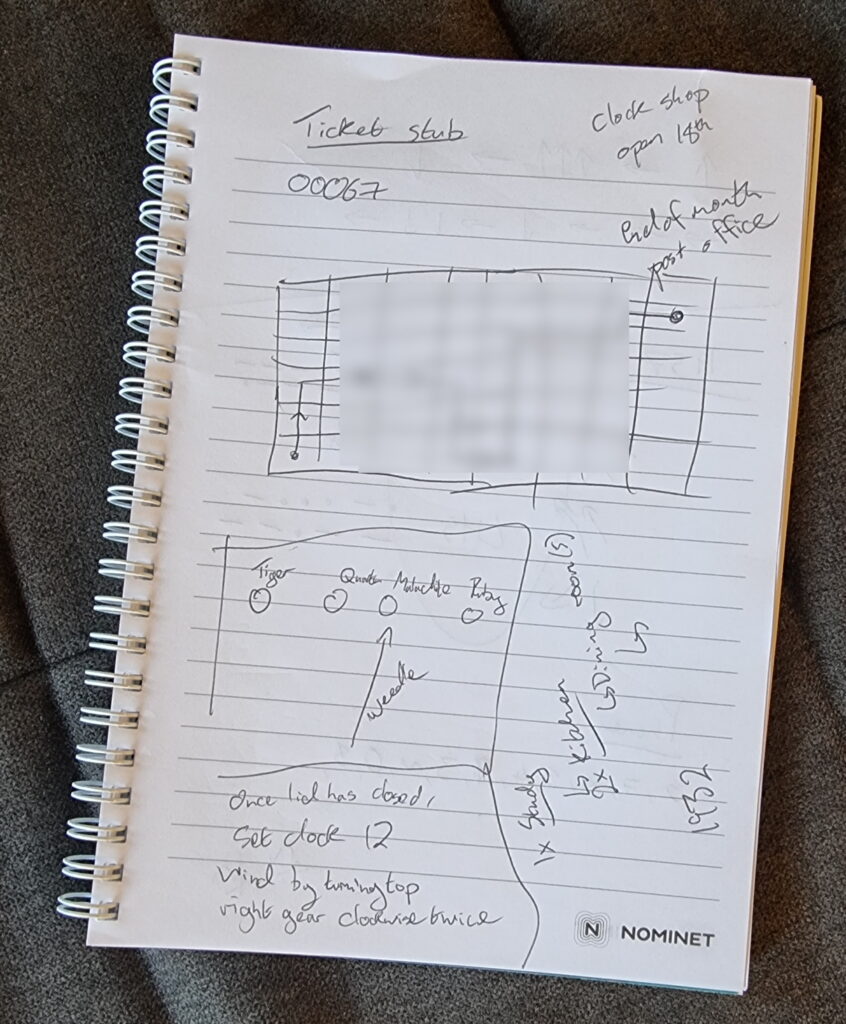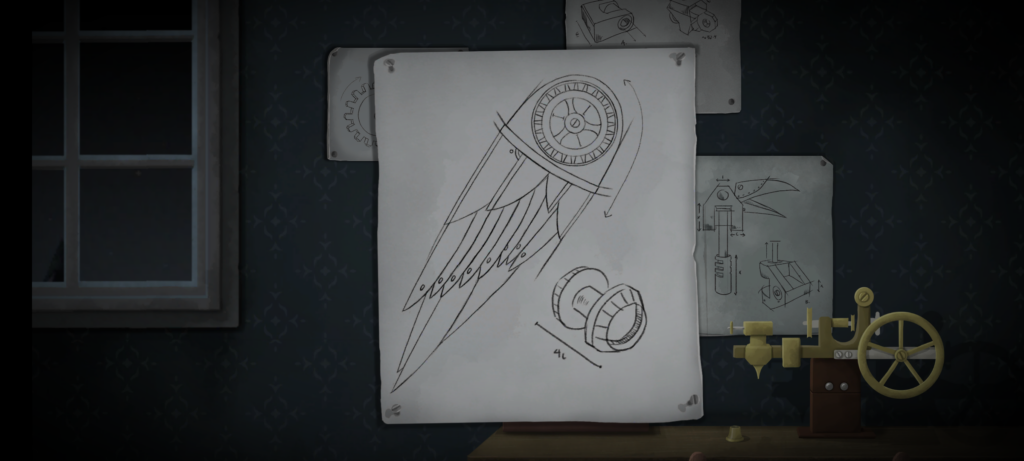Lately, Ruth and I have been learning to dance Argentine Tango.
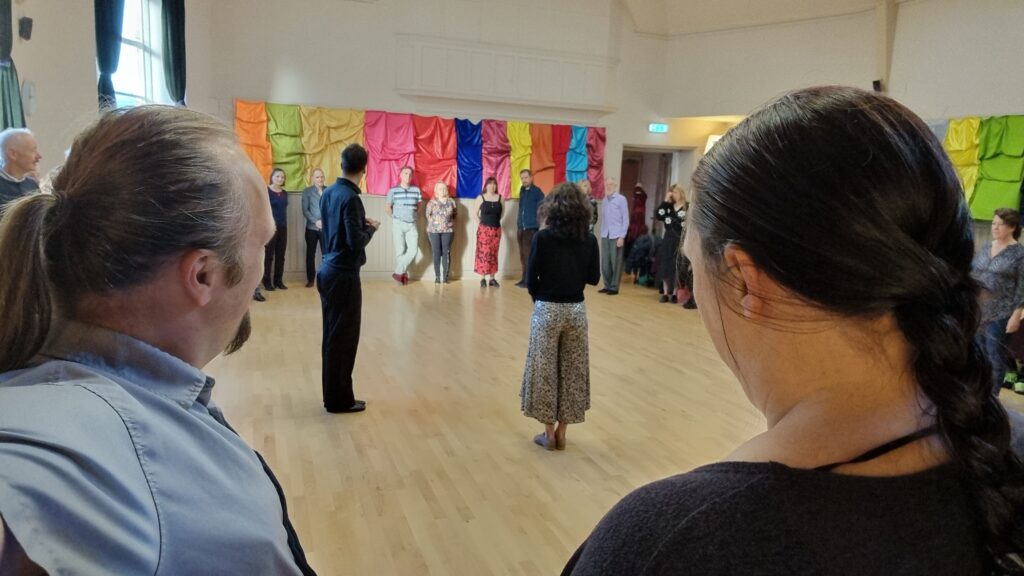
Let me tell you everything I know about tango1:
- It takes two to tango.
- I am not very good at tango.
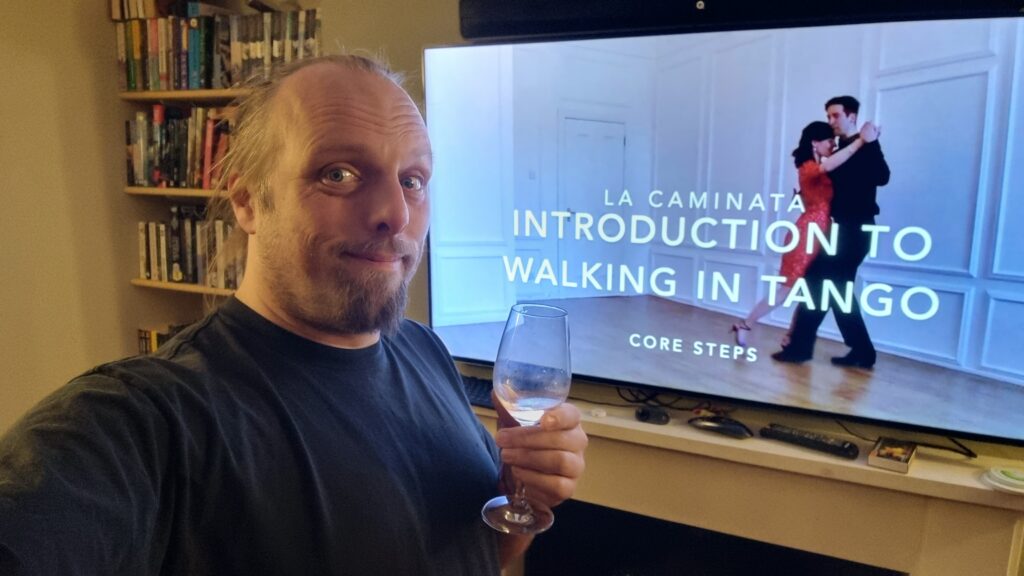
This adventure began, in theory at least, on my birthday in January. I’ve long expressed an interest in taking a dance class together, and so when Ruth pitched me a few options for a birthday gift, I jumped on the opportunity to learn tango. My knowledge of the dance was basically limited to what I’d seen in films and television, but it had always looked like such an amazing dance: careful, controlled… synchronised, sexy.
After shopping around for a bit, Ruth decided that the best approach was for us to do a “beginners” video course in the comfort of our living room, and then take a weekend getaway to do an “improvers” class.
After all, we’d definitely have time to complete the beginners’ course and get a lot of practice in before we had to take to the dance floor with a group of other “improvers”, right?2

Okay, let me try again to enumerate you everything I actually know about tango3:
- Essentials. A leader and follower4 hold one another’s upper torso closely enough that, with practice, each can intuit from body position where the other’s feet are without looking. While learning, you will not manage to do this, and you will tread on one another’s toes.
- The embrace. In the embrace, one side – usually the leader’s left – is “open”, with the dancers’ hands held; the other side is “closed”, with the dancers holding one another’s bodies. Generally, you should be looking at one another or towards the open side. But stop looking at your feet: you should know where your own feet are by proprioception, and you know where your partners’ feet are by guesswork and prayer.
- The walk. You walk together, (usually) with opposite feet moving in-sync so that you can be close and not tread on one another’s toes, typically forward (from the leader’s perspective) but sometimes sideways or even backwards (though not usually for long, because it increases the already-inevitable chance that you’ll collide embarrassingly with other couples).
-
Movement. Through
magic and telepathya good connection with one another, the pair will, under the leader’s direction, open opportunities to perform more advanced (but still apparently beginner-level) steps and therefore entirely new ways to mess things up. These steps include:- Forward ochos. The follower stepping through a figure-eight (ocho) on the closed side, or possibly the open side, but they probably forget which way they were supposed to turn when they get there, come out on the wrong foot, and treat on the leader’s toes.
- Backwards ochos. The follower moves from side to side or in reverse through a series of ochos, until the leader gets confused which way they’re supposed to pivot to end the maneuver and both people become completely confused and unstuck.
- The cross. The leader walks alongside the follower, and when the leader steps back the follower chooses to assume that the leader intended for them to cross their legs, which opens the gateway to many other steps. If the follower guesses incorrectly, they probably fall over during that step. If the follower guesses correctly but forgets which way around their feet ought to be, they probably fall over on the very next step. Either way, the leader gets confused and does the wrong thing next.
- Giros. One or both partners perform a forwards step, then a sideways step, then a backwards step, then another sideways step, starting on the inside leg and pivoting up to 270° with each step such that the entire move rotates them some portion of a complete circle. In-sync with one another, of course.
- Sacadas. Because none of the above are hard enough to get right together, you should start putting your leg out between your partner’s leg and try and trip them up as they go. They ought to know you’re going to do this, because they’ve got perfect predictive capabilities about where your feet are going to end, remember? Also remember to use the correct leg, which might not be the one you expect, or you’ll make a mess of the step you’ll be doing in three beats’ time. Good luck!
-
Barridas and mordidas. What, you finished the beginners’ course? Too smart to get tripped up by your partner’s sacada any more? Well
now it’s time to start kicking your partner’s feet out from directly underneath them. That’ll show ’em.
- Style. All of the above should be done gracefully, elegantly, with perfect synchronicity and in time with the music… oh, and did I mention you should be able to improve the whole thing on the fly, without pre-communication with your partner. 😅
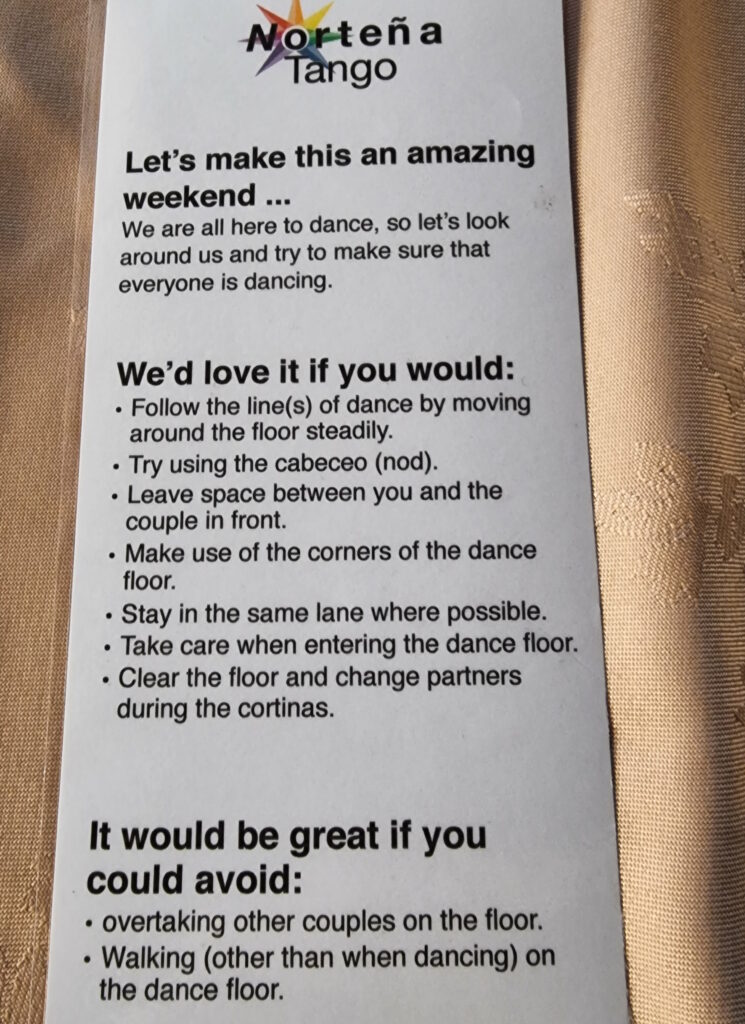
Ultimately, it was entirely our own fault we felt out-of-our-depth up in Edinburgh at the weekend. We tried to run before we could walk, or – to put it another way – to milonga before we could caminar.
A somewhat-rushed video course and a little practice on carpet in your living room is not a substitute for a more-thorough práctica on a proper-sized dance floor, no matter how often you and your partner use any excuse of coming together (in the kitchen, in an elevator, etc.) to embrace and walk a couple of steps! Getting a hang of the fluid connections and movement of tango requires time, and practice, and discipline.
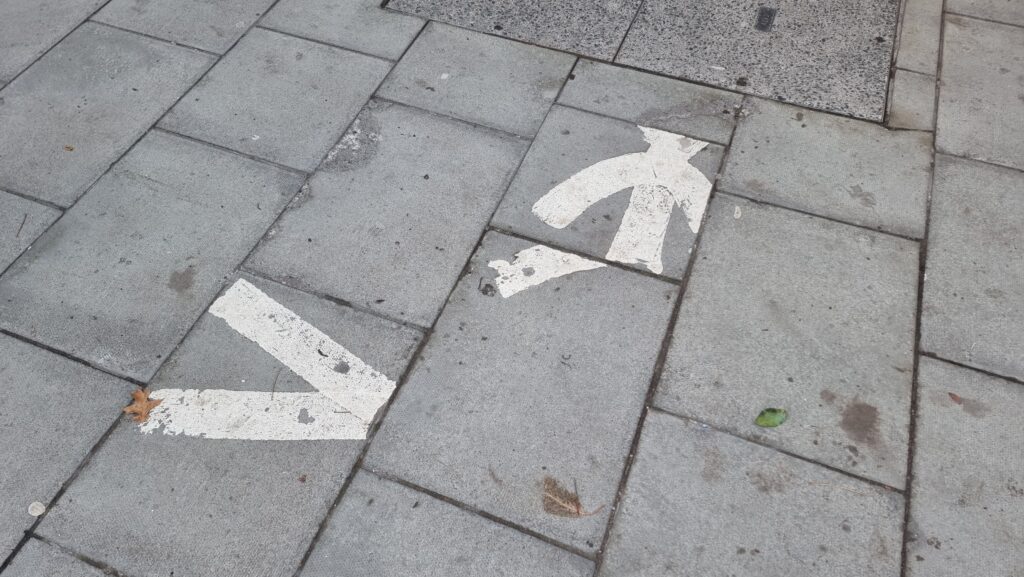
But, not least because of our inexperience, we did learn a lot during our weekend’s deep-dive. We got to watch (and, briefly, partner with) some much better dancers and learned some advanced lessons that we’ll doubtless reflect back upon when we’re at the point of being ready for them. Because yes: we are continuing! Our next step is a Zoom-based lesson, and then we’re going to try to find a more-local group.
Also, we enjoyed the benefits of some one-on-one time with Jenny and Ricardo, the amazingly friendly and supportive teachers whose video course got us started and whose in-person event made us feel out of our depth (again: entirely our own fault).
If you’ve any interest whatsoever in learning to dance tango, I can wholeheartedly recommend Ricardo and Jenny Oria as teachers. They run courses in Edinburgh and occasionally elsewhere in the UK as well as providing online resources, and they’re the most amazingly supportive, friendly, and approachable pair imaginable!
Just… learn from my mistake and start with a beginner course if you’re a beginner, okay? 😬
Footnotes
1 I’m exaggerating how little I know for effect. But it might not be as much of an exaggeration as you’d hope.
2 We did not.
3 Still with a hint of sarcasm, though.
4 Tango’s progressive enough that it’s come to reject describing the roles in binary gendered terms, using “leader” and “follower” in place of what was once described as “man” and “woman”, respectively. This is great for improving access to pairs of dancers who don’t consist of a man and a woman, as well as those who simply don’t want to take dance roles imposed by their gender.
